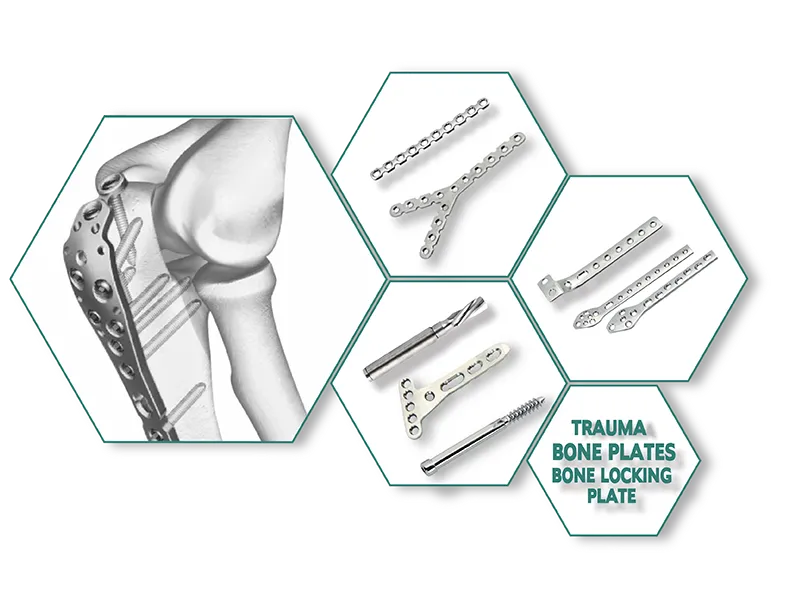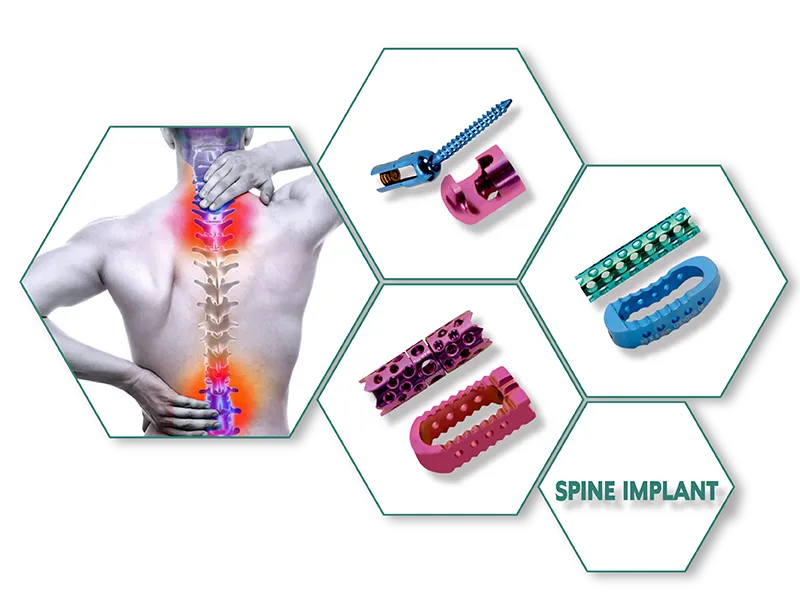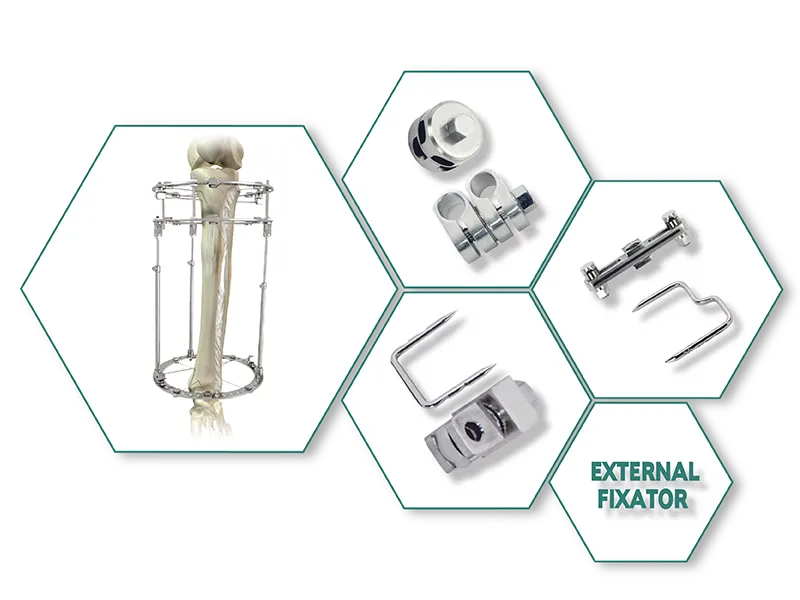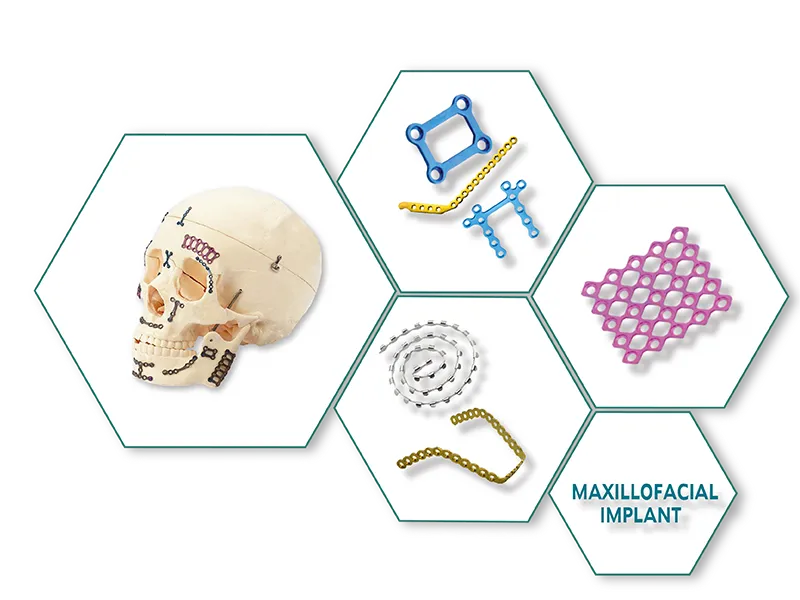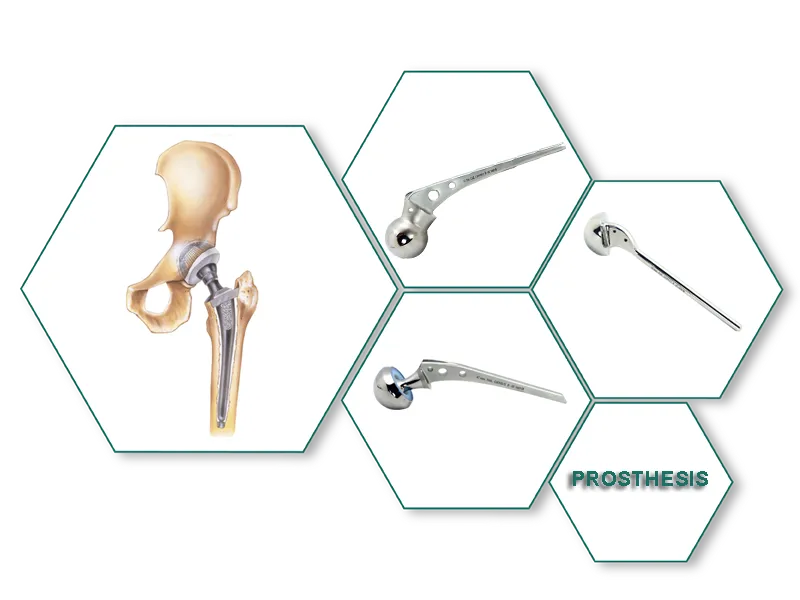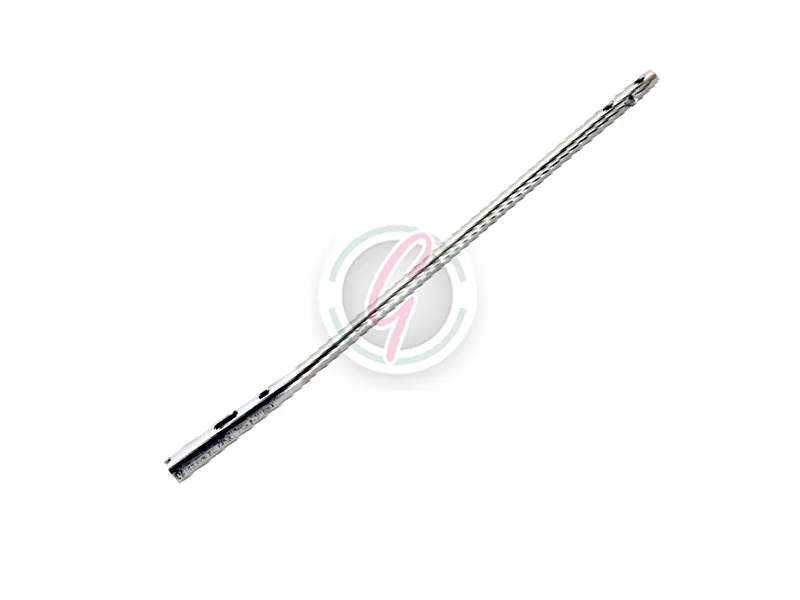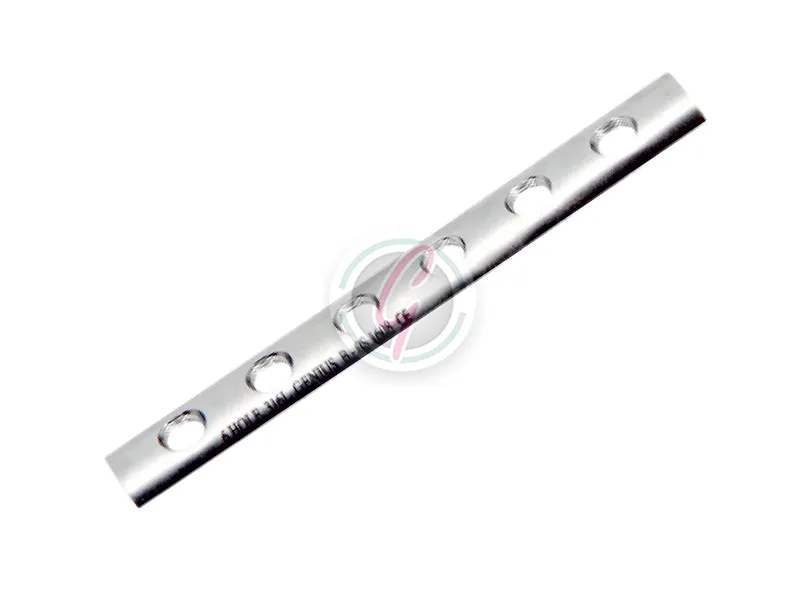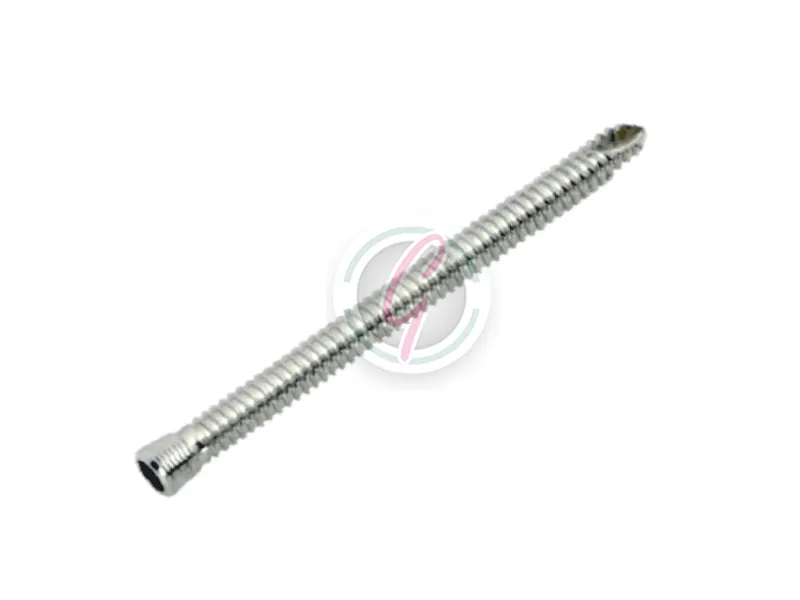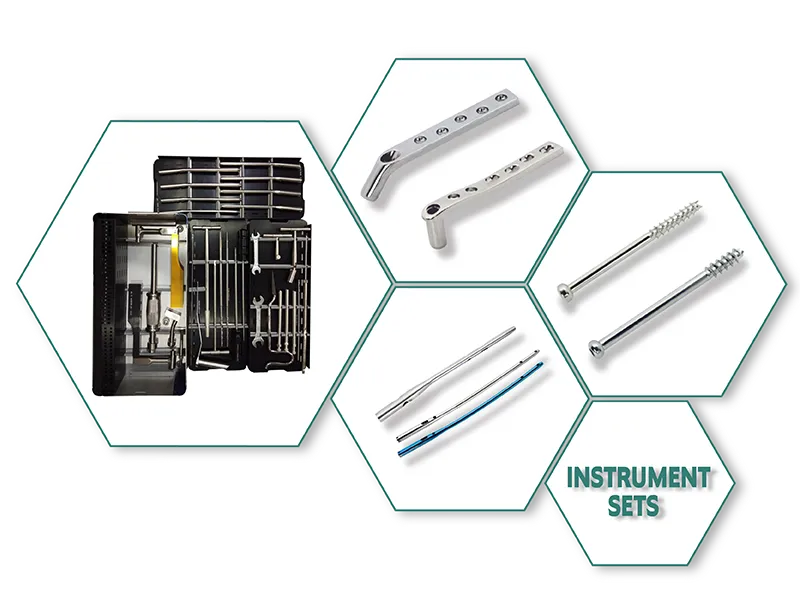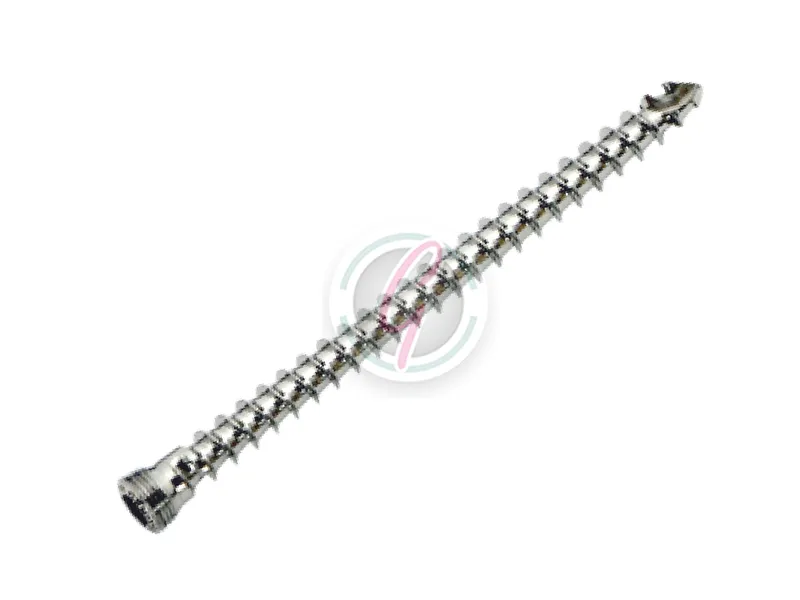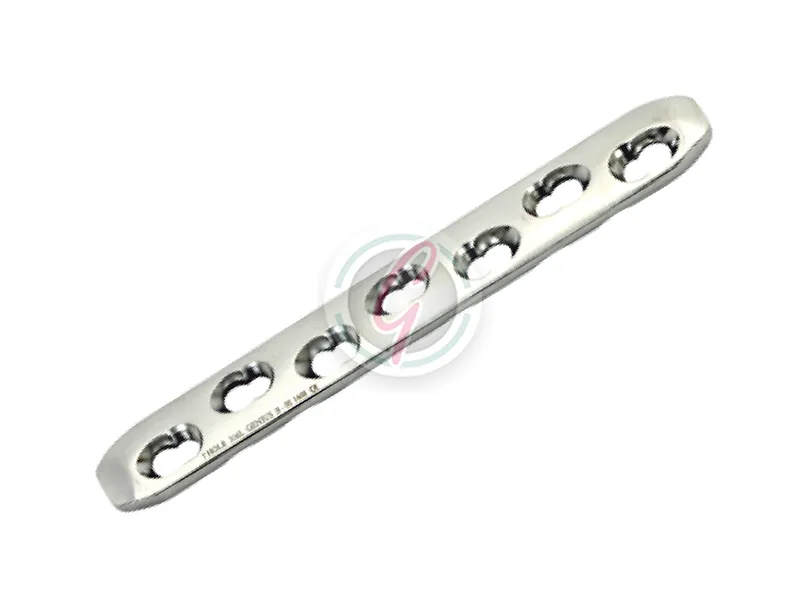Hinges Exporter
Hinges Manufacturer
Category: External Fixator
Orthopedic hinges are medical devices used in orthopedic surgery to provide support and stability to the joints. These hinges are commonly used in the knee, elbow, and ankle joints and can be adjusted to limit the range of motion in the joint. Orthopedic hinges are often used in post-surgical rehabilitation to aid in the healing process and can also be used to treat conditions such as osteoarthritis.
Description
| S.1207.01 | Male End 1 Hole |
| S.1207.02 | Female End 1 Hole |
| S.1207.03 | 90° Degree Hinges |

Inquiry Now
ABOUT US
Genius Ortho Private Limited
Genius Ortho Private Limited was found in 2008 by a group of entrepreneurs after having a decade of experience in the field of orthopaedic implants manufacturing. Genius Ortho Private Limited now is the leading company in India specialize in the Orthopaedics Industry. Genius Ortho Private Limited will always achieve this position by professional pursuing excellence and by dedicating ourselves in improving the quality and serving all our customers.
All implants are exclusively made of Stainless Steel 316L, LVM & Titanium Grade V Ti-6Al-4v-ELI.
Our products of Orthopaedic implants and instruments are not only qualified with the certification of FDA, CE, GMP regulations, but also compliant with ISO Quality Assurance Standards.

